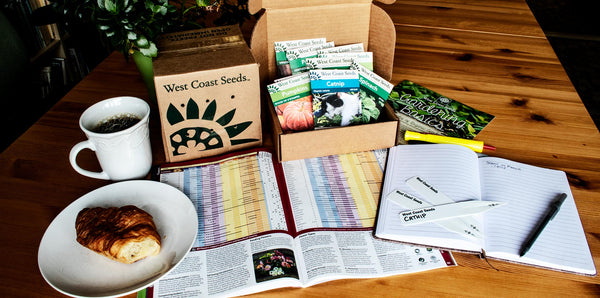Support Food Banks Canada with every dollar spent — 15% sales donated from Black Friday to Cyber Monday.
Time remaining:
Time remaining:

With over 1,100 seed varieties to choose from, finding a clear path to the checkout can feel overwhelming. There are beginner mistakes to be made - as well as ways for seasoned gardeners to bite off more than they can chew. Here are Mark's top ten pointers to consider when planting a new garden.
Continue ReadingBroccoli has quite a few close relatives and variations, and these are designated in botany by the use of “cultivar groups.” Kale and collards, Chinese broccoli, cauliflower, cabbage, Brussels sprouts, and kohlrabi all share the Latin name B. oleracea, but belong to different groups within that single species. Broccoli itself has several varieties: The most common you’re likely to see in grocery stores is called Calabrese in the UK, and just “broccoli” here in North America.
Continue Reading